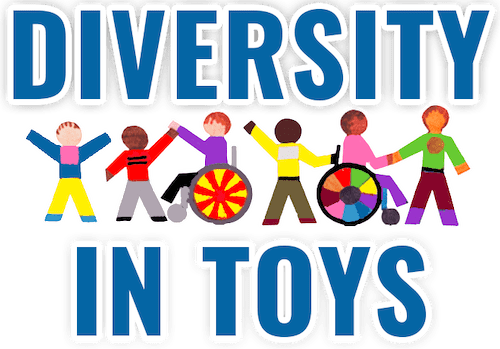Childhood Development
Is Chewelry Safe?
Chewelry has become popular in recent years: wearable silicone jewelry meant to be chewed or sucked on. Chewelry is intended to help release stress and anxiety in children and adults who use it. Moreover, advocates say that chewelry normalizes the use of sensory aids by repackaging chewing supports as fun, colorful jewelry pieces that anyone…
Read MoreThe Importance of Early Childhood Stimulation
If your child isn’t yet school-aged, here are ways to provide the stimulus they need for healthy development. Young children are constantly grabbing, looking, feeling, teething – and no surprise! Their brains are nonstop data processing machines. Early childhood is a stage of unparalleled development. A newborn’s brain develops 2-3 million synapses each second. A baby’s…
Read MoreHow do Fidget Toys Work?
We’ve written about sensory toys before on this blog, but today we’re focusing on fidget toys and their usefulness. Fidget toys are devices that provide a repetitive action that a user can engage in with little to no thought. Fidget devices are often visually pleasing and may also offer tactile or auditory stimulation, such as…
Read MoreHelping Your Child’s Social Anxiety with Role Play
Today we continue our Mental Health Awareness Month series by talking about a common anxiety disorder in children. Social Anxiety Disorder (SAD) affects between 7% and 12% of the U.S. population. Increasingly, it’s impacting young people. Global research has found that nearly 1 in 3 respondents aged 16–29 years meet the threshold criteria for SAD. …
Read MoreArts, Crafts, and Mental Health
“Art washes from the soul the dust of everyday life.” Pablo Picasso Childhood mental health outcomes have been a concern of experts for several years now. The C.D.C. estimates that one in six children between the ages of two and eight has a mental or behavioral disorder. Mental health rates are even worse for pre-teens and…
Read MoreHow Positive Representation Improves Mental Health
Hooray — May is Mental Health Awareness Month! This month, we are running a series on how different types of toys can help improve children’s mental health outcomes. Today’s blog will examine one factor of mental health impact: positive representation in a child’s toys. By positive representation, we mean toys, games, and books depicting…
Read MorePuppets as Therapeutic Toys
Our last article for Autism Acceptance Month focuses on the usefulness of puppet play for children with autism. Puppets have been used as entertainment since ancient Greece, though puppets have also been found in ancient Egypt, Australia, China, India, and across the Middle East. The art form is ubiquitous anywhere that humans have a history…
Read MoreSensory Toys Buying Guide, Part 1: Tactile and Chewable Toys
People have used different types of sensory aids long before the term “sensory toy” came into popular use. Settling into a hot bath after a long day, nervously chewing gum while watching a close football game, or listening to white noise to try to fall asleep are all examples of everyday sensory stimulation used for…
Read MoreSensory Toys: What are they? What do they do? Who benefits from them?
Sensory toys are not a new thing. In 2017, fidget spinners were all the rage. The fad featured a fun toy assured to entertain children for hours while driving their teachers and guardians up a wall. Caretakers were divided on the utility of these spinners. Were they great tools for helping children get out nervous…
Read MoreWhat’s the Harm in Gendered Toys?
We’ve written previously about the benefits of letting boys play with toys stereotypically associated with girls. Research has also found that when girls are encouraged to play with “boy” toys, such as construction kits and sports gear, they benefit with increased confidence and hard skills. But these conversations still frame certain toys (i.e. dolls)…
Read More